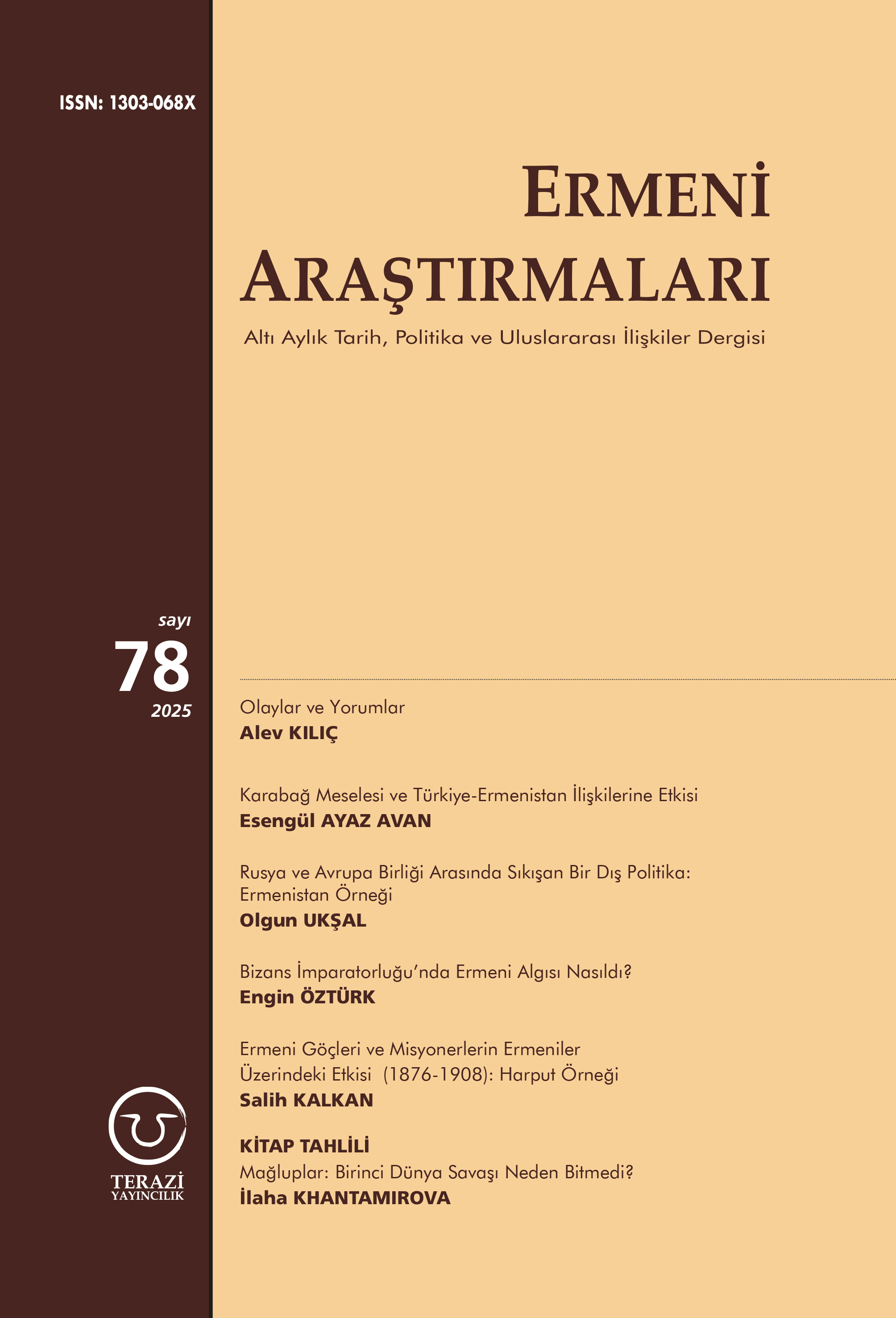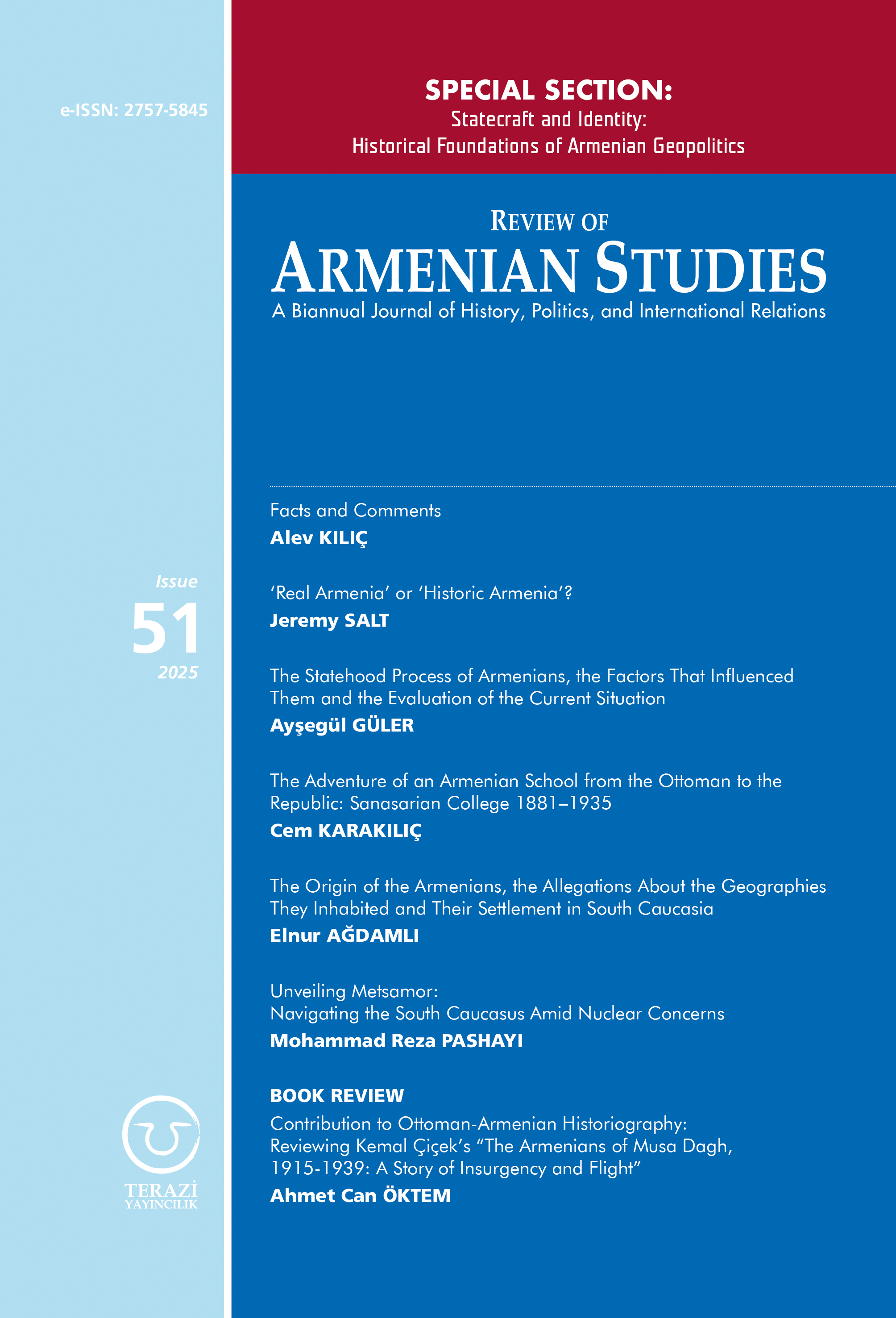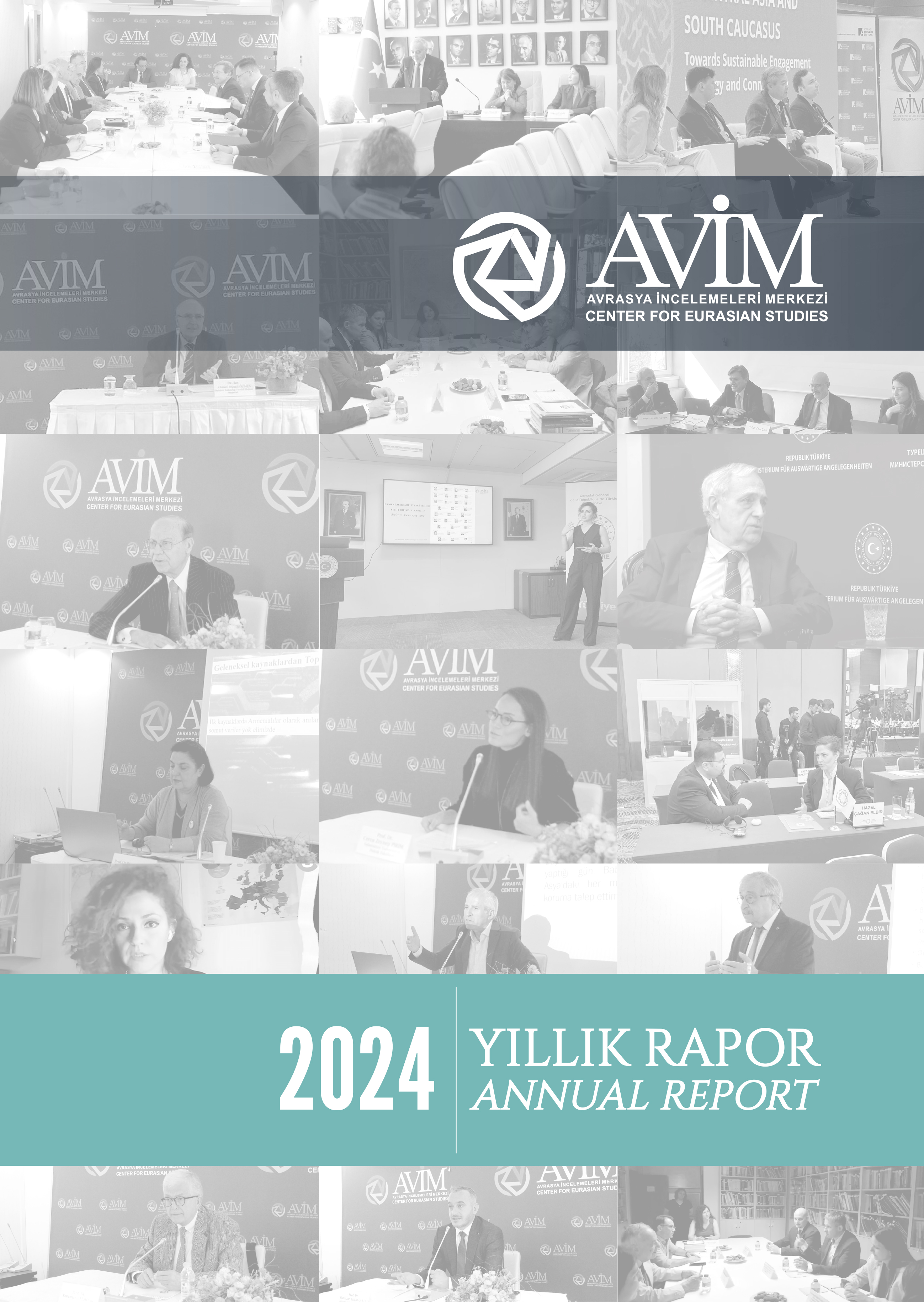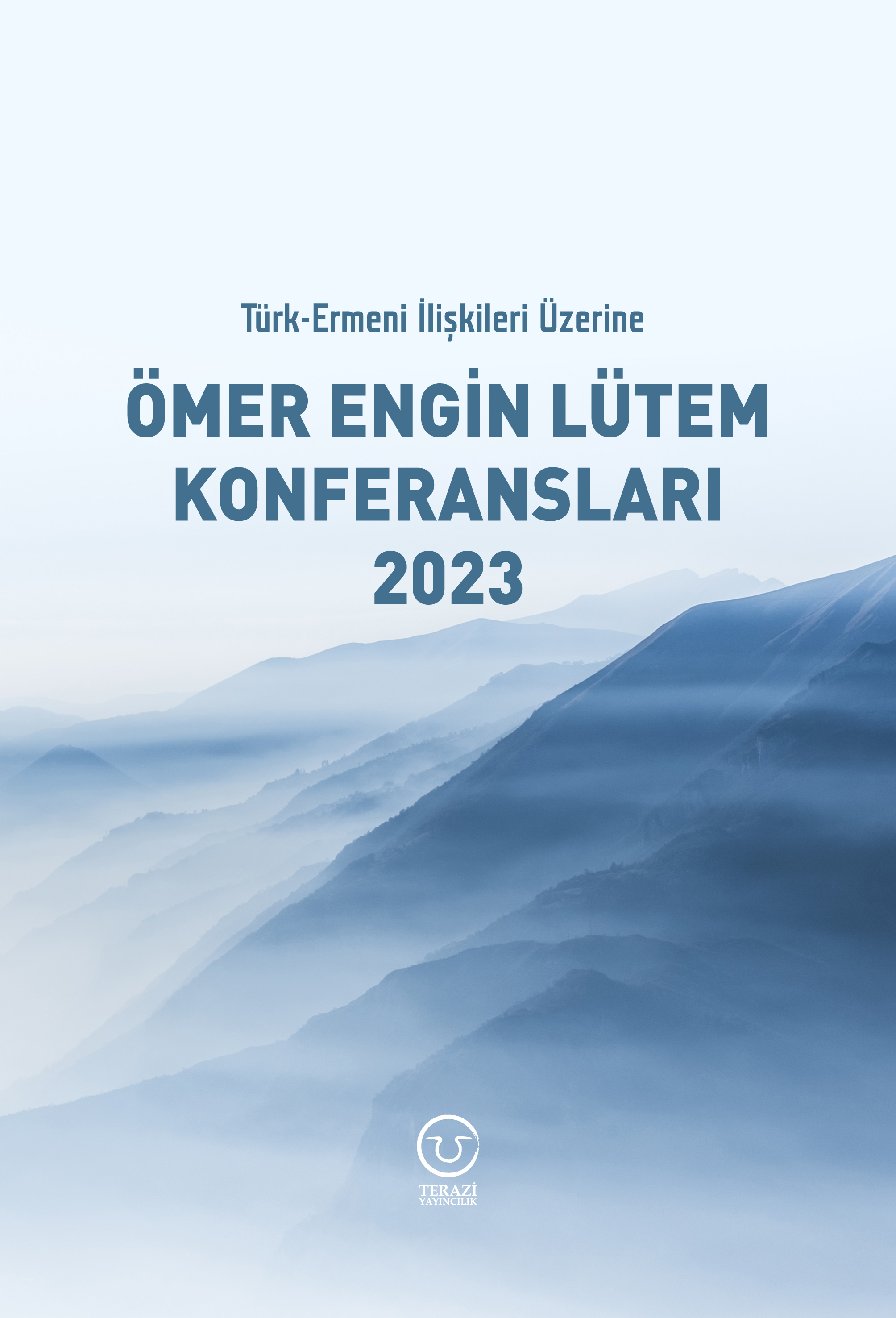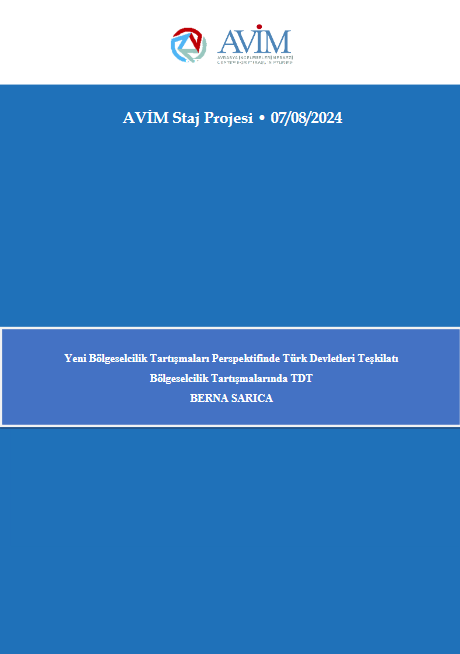
Following the end of the Karabakh War, the Azerbaijani government, with its decree dated November 16, 2022, took steps to facilitate the return of the Karabakh people who were forced to leave their lands due to occupation carried out by Armenians 30 years ago. According to this decree, the first phase of resettlement is planned for completion between 2022 and 2026.[1] As part of this effort, the process of clearing the liberated areas of mines and other hazardous military remnants has begun, along with the revitalization of the local economy, the development of infrastructure, and the restoration of livable conditions in the region.
However, landmines remain a significant problem in the areas slated for resettlement. The incomplete demining not only endangers public safety but also delays the restoration process of the region and restricts the availability of land for returning residents.
During the 30-year occupation, around 12% of Karabakh was contaminated by Armenians with approximately 1.5 million landmines and an unknown amount of unexploded ordnance. Additionally, between 2020 and 2023, new mines were planted, resulting in the contamination of 500 kilometers of additional territory. Today, 147,988 hectares of mined regions are classified as high-risk, and 675,570 hectares are considered medium- and low-risk. Since 2020, 361 people, the majority civilians, have been affected by landmines; 68 have died, and 293 were injured to varying degrees. In total, since the beginning of the Karabakh war, approximately 3,400 people have been harmed by mine explosions.[2]
Today, in addition to the ongoing restoration of Karabakh, the Azerbaijani state is managing the demining process. The demining efforts are being conducted by the Azerbaijan National Agency for Mine Action (ANAMA) using artificial intelligence and drones. Since 2020, ANAMA has cleared 118,000 hectares of land from mines; however, this only accounts for 10.5% of the total contaminated areas.[3] While Azerbaijan is working to address the issue with its own resources, the full demining of the affected areas seems unfeasible at present due to the high costs involved.
According to the International Committee of the Red Cross, the cost of clearing a single landmine ranges from $300 to $1,000, while producing one costs just $3 to $75. [4] Following the ceasefire in November 2020, the European Union and the United States provided approximately $12.5 million in aid to ANAMA for demining efforts. However, this falls far short of the estimated $25 billion required to clear all contaminated areas.
One potential way to expedite the demining process is by obtaining the minefield maps known to be in the possession of the Armenian Government. After the ceasefire, on June 12, the Armenian side, through mediation by Georgia, the United States, and the European Union, handed over a map of 97,000 anti-tank and anti-personnel mines to Azerbaijan. In exchange, Azerbaijan returned 15 Armenian prisoners held for various crimes during the war. However, only 25% of the provided map was accurate. In February 2024, Armenia submitted 8 additional maps to Azerbaijan, but like the previous ones, they too were incomplete and inaccurate.[6]
Mines have often been found near roads, cemeteries, bridges, and homes. Some mines laid during the First Karabakh War continue to detonate to this day. Armenia’s refusal to hand over mine maps after losing the war can be seen as an effort to prove that it still maintains some interest in the area.
Azerbaijan continues to raise the issue of landmines on international platforms through diplomatic means. In this context, from May 24 to 26, 2024, an international conference was held in Baku and Aghdam in collaboration with ANAMA and the United Nations in Azerbaijan.[7] The conference, attended by 190 representatives from over 50 countries, provided comprehensive information on the mined areas and the demining process.
In conclusion, the landmine issue in Karabakh poses a significant threat not only to human life but also to environmental and ecological balance. Mines cause direct human casualties and have long-term negative impacts on the ecosystem, including air, water, and soil pollution. Azerbaijan continues to raise this issue on international platforms, seeking global support for the resolution process. Enhanced international cooperation will be crucial for both the demining efforts and preventing environmental disasters in the region, ensuring the successful reconstruction and sustainable development of Karabakh.
[1] “Azərbaycan Respublikasının işgalden azad edilmiş ərazilərinə Böyük Qayıdışa dair İ Dövlət Programı”nın təsdiq edilməsi haqqında Azərbaycan Respublikası Prezidentinin Sərəncamı, October 14, 2024,
[2] Участникам международной конференции на тему «Снижение воздействия мин на окружающую среду – Мобилизация ресурсов для безопасного и зеленого будущего, October 11, 2024, https://azertag.az/ru/xeber/uchastnikam_mezhdunarodnoi_konferencii_na_temu_snizhenie_vozdeistviya_min_na_okruzhayushchuyu_sredu___mobilizaciya_resursov_dlya_bezopasnogo_i_zelenogo_budushchego-3029562
[3] . Нарастающий опыт Азербайджана в области разминирования может внести вклад в деятельность в этом направлении, проводимую во всем мире, October 11, 2024,
[4] Нарастающий опыт Азербайджана в области разминирования может внести вклад в деятельность в этом направлении, проводимую во всем мире, October 11, 2024,
[5] Нарастающий опыт Азербайджана в области разминирования может внести вклад в деятельность в этом направлении, проводимую во всем мире, October 11, 2024,
[6] . Ереван передал Баку карту минных полей в Карабахе в обмен на 15 Заключенных, October 10, 2024,
https://www.bbc.com/russian/news-57709190
[7] Mina təhlükəsi ilə mübarizə - Dayanıqlı İnkişaf Məqsədlərinə gedən yol” mövzusunda 2-ci beynəlxalq konfransın bəyannaməsi, October 18, 2024.
© 2009-2025 Avrasya İncelemeleri Merkezi (AVİM) Tüm Hakları Saklıdır
Henüz Yorum Yapılmamış.
-
 ABD’NİN İRAN’A YÖNELİK SALDIRILARI VE ORTA ASYA’NIN STRATEJİK KONUMU
ABD’NİN İRAN’A YÖNELİK SALDIRILARI VE ORTA ASYA’NIN STRATEJİK KONUMU
İlaha KHANTAMIROVA 11.07.2025 -
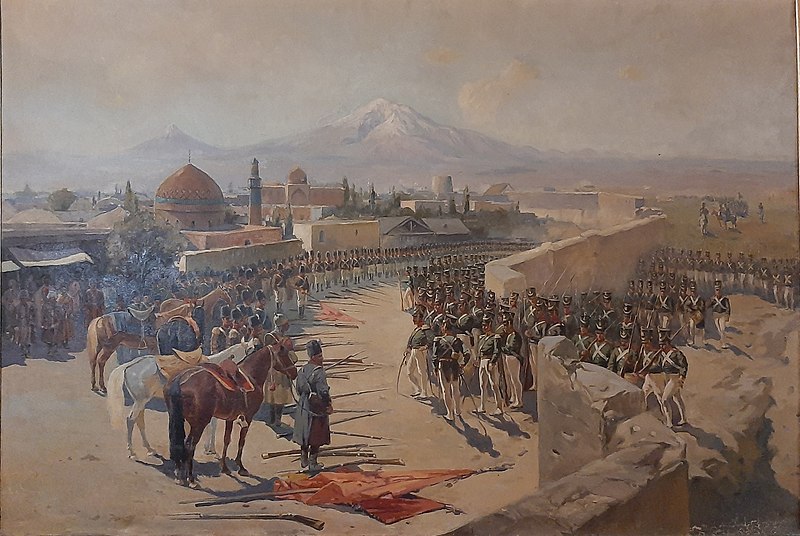 GÜNEY KAFKASYA’DA DİNİ TEMSİLCİLİK ÜZERİNDEN YÜKSELEN YENİ BİR GERGİNLİK
GÜNEY KAFKASYA’DA DİNİ TEMSİLCİLİK ÜZERİNDEN YÜKSELEN YENİ BİR GERGİNLİK
İlaha KHANTAMIROVA 03.06.2025 -
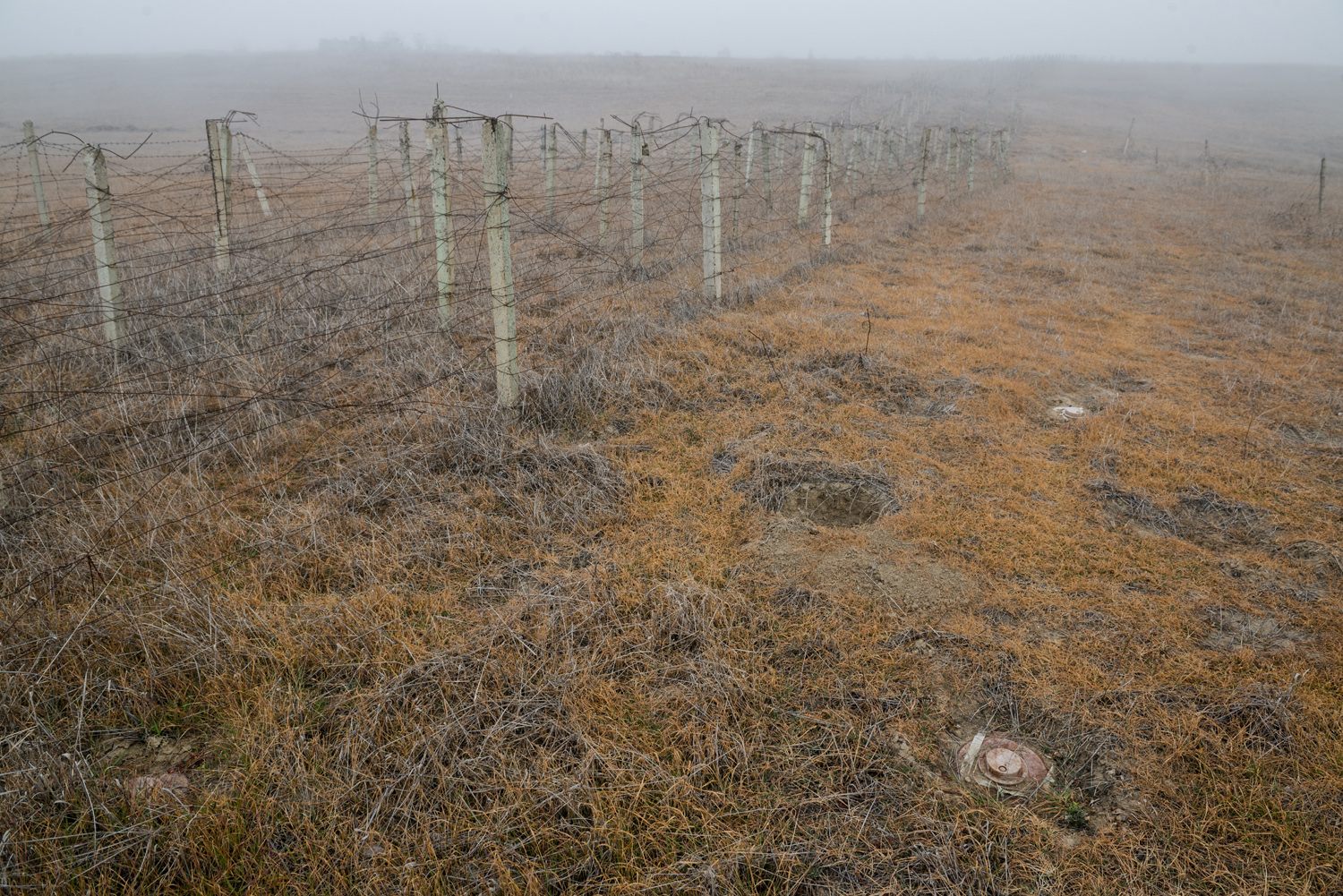 KARABAĞ’DA SAVAŞ SONRASI MAYIN SORUNU
KARABAĞ’DA SAVAŞ SONRASI MAYIN SORUNU
İlaha KHANTAMIROVA 12.06.2025 -
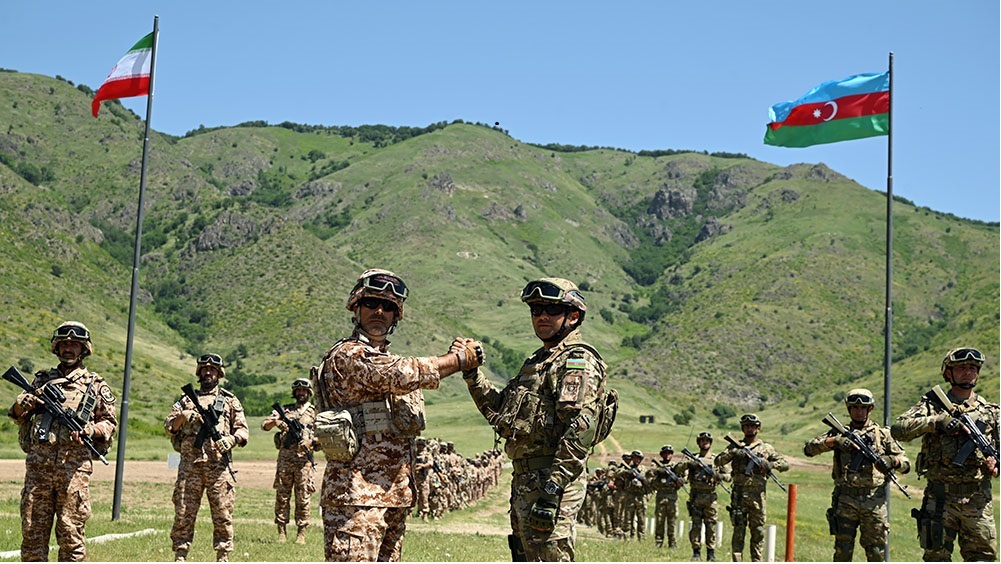 “ARAS 2025” TATBİKATI EKSENİNDE SESSİZ BİR GÜÇ SAVAŞI
“ARAS 2025” TATBİKATI EKSENİNDE SESSİZ BİR GÜÇ SAVAŞI
İlaha KHANTAMIROVA 30.05.2025 -
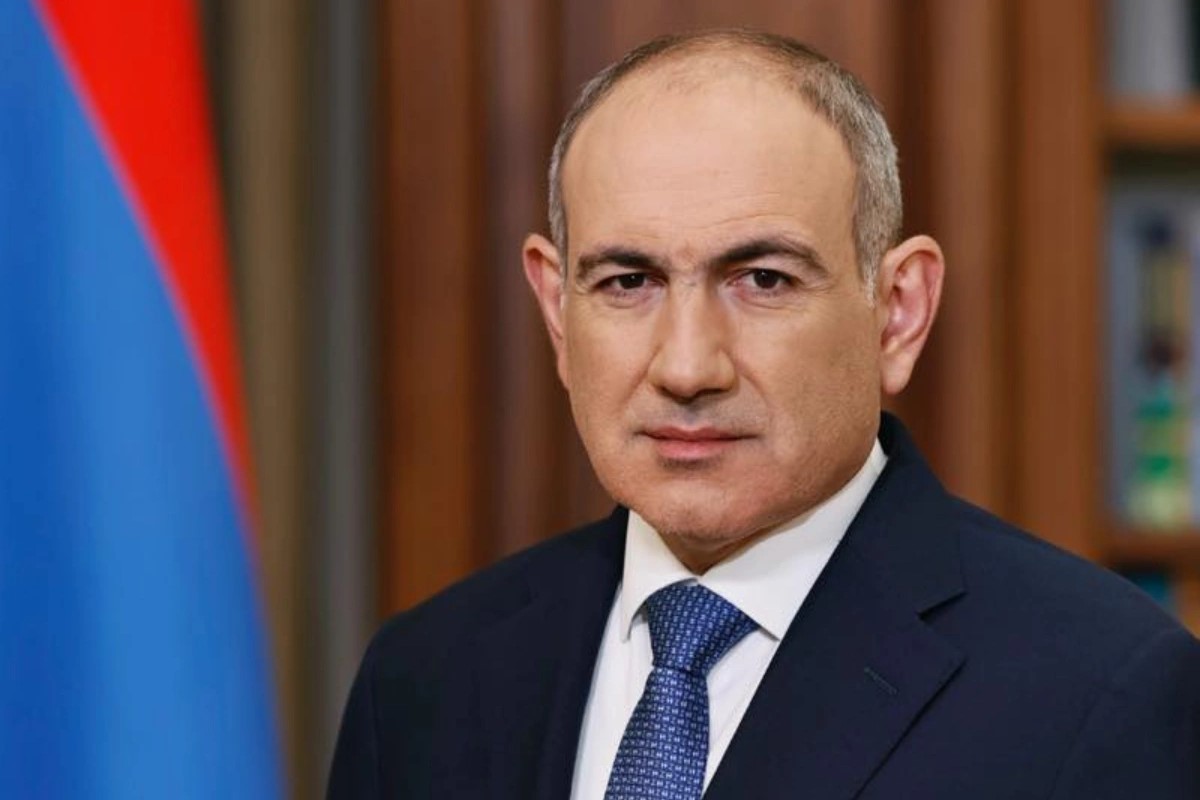 SOYKIRIM İDDİASININ TANITILMASINA PAŞİNYAN YENİ BİR BAKIŞ AÇISI GETİRİYOR
SOYKIRIM İDDİASININ TANITILMASINA PAŞİNYAN YENİ BİR BAKIŞ AÇISI GETİRİYOR
İlaha KHANTAMIROVA 02.09.2025
-
DÜNYA EKONOMİSİNİN YÖNÜ (2) - AVRUPA BİRLİĞİ, AVRASYA BİRLİĞİ, ÇİN VE TÜRKİYE
Alev KILIÇ 25.12.2012 -
 DAĞLIK KARABAĞ SÜRECİ NEDEN ÇIKMAZDA
DAĞLIK KARABAĞ SÜRECİ NEDEN ÇIKMAZDA
Tutku DİLAVER 14.10.2019 -
İZMİR YANGINI VE ERMENİ İDDİALARINDA BİR ÇELİŞKİ DAHA
Alev KILIÇ 14.12.2012 -
 ERMENİ APOSTOLİK KİLİSESİ ANTELİAS (KİLİKYA) KATOLİKOSU ARAM I VE PAPA FRANCIS I GÖRÜŞMESİ
ERMENİ APOSTOLİK KİLİSESİ ANTELİAS (KİLİKYA) KATOLİKOSU ARAM I VE PAPA FRANCIS I GÖRÜŞMESİ
Selenay Erva YALÇIN 05.07.2024 -
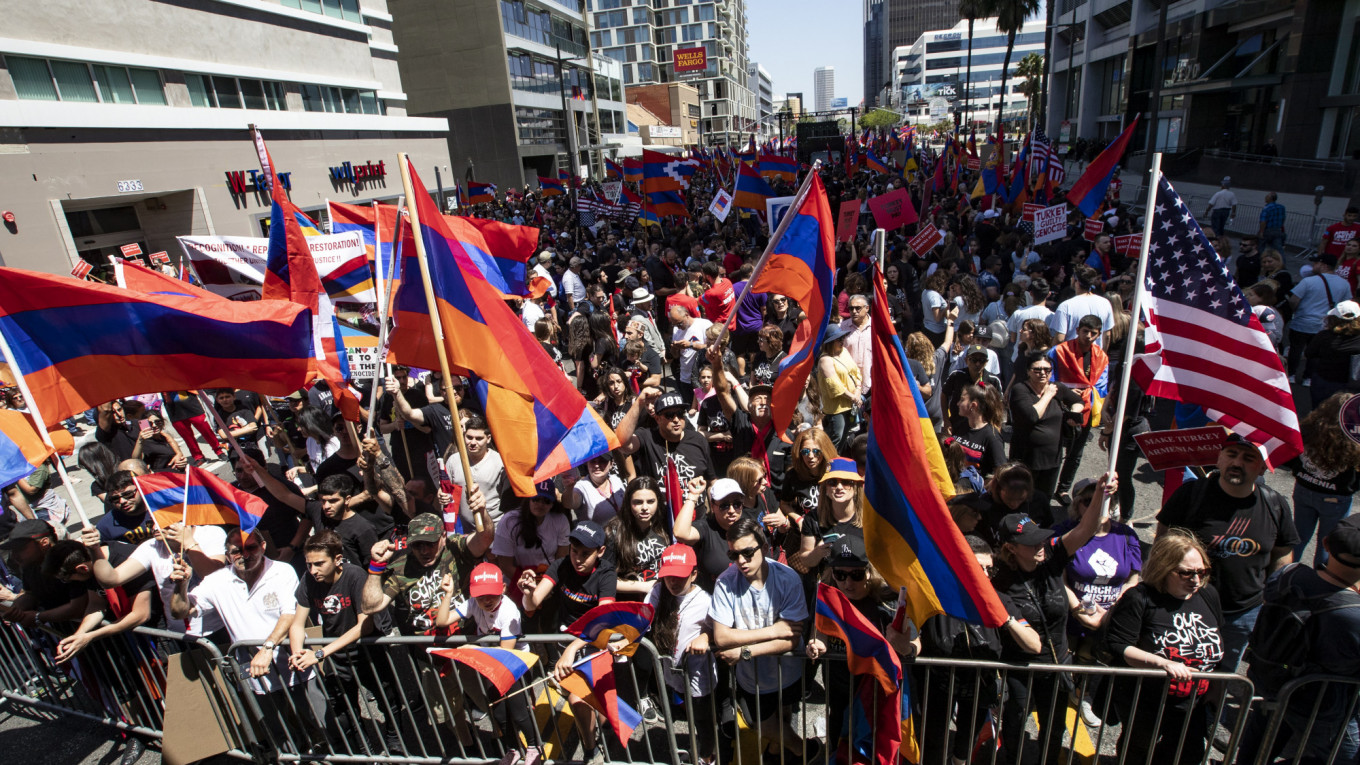 TÜRK-ERMENİ İLİŞKİLERİNDE NORMALLEŞMEYİ ENGELLEYEN POLİTİKALARIN KAYNAĞI NERESİ?
TÜRK-ERMENİ İLİŞKİLERİNDE NORMALLEŞMEYİ ENGELLEYEN POLİTİKALARIN KAYNAĞI NERESİ?
Tutku DİLAVER 14.04.2021
-
25.01.2016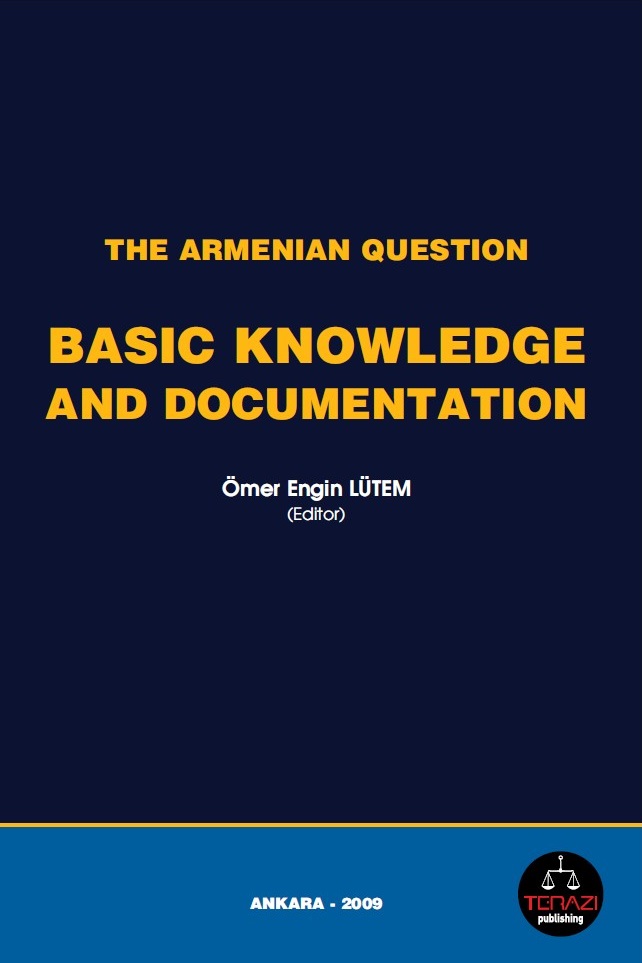
THE ARMENIAN QUESTION - BASIC KNOWLEDGE AND DOCUMENTATION -
12.06.2024
THE TRUTH WILL OUT -
27.03.2023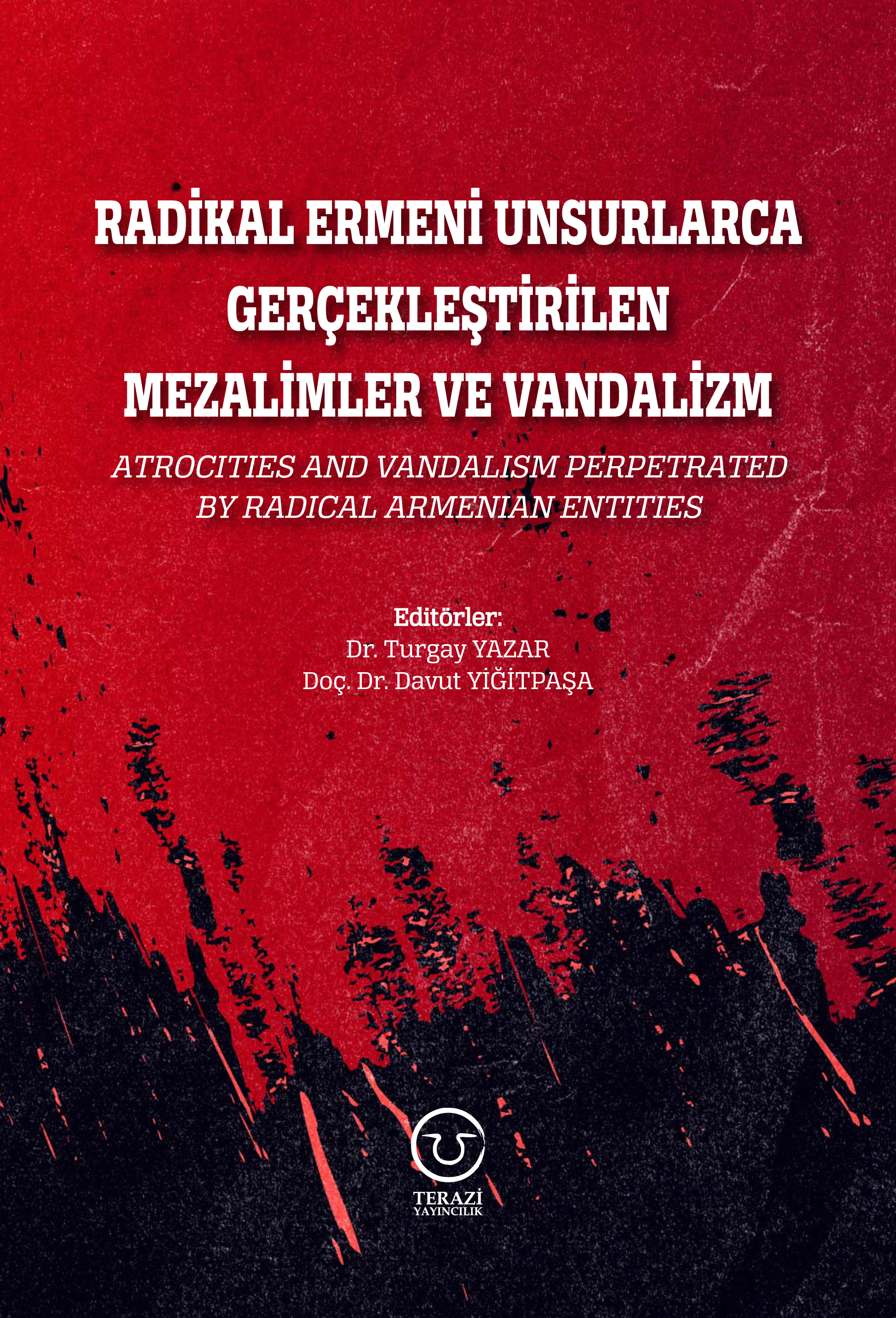
RADİKAL ERMENİ UNSURLARCA GERÇEKLEŞTİRİLEN MEZALİMLER VE VANDALİZM -
17.03.2023
PATRIOTISM PERVERTED -
23.02.2023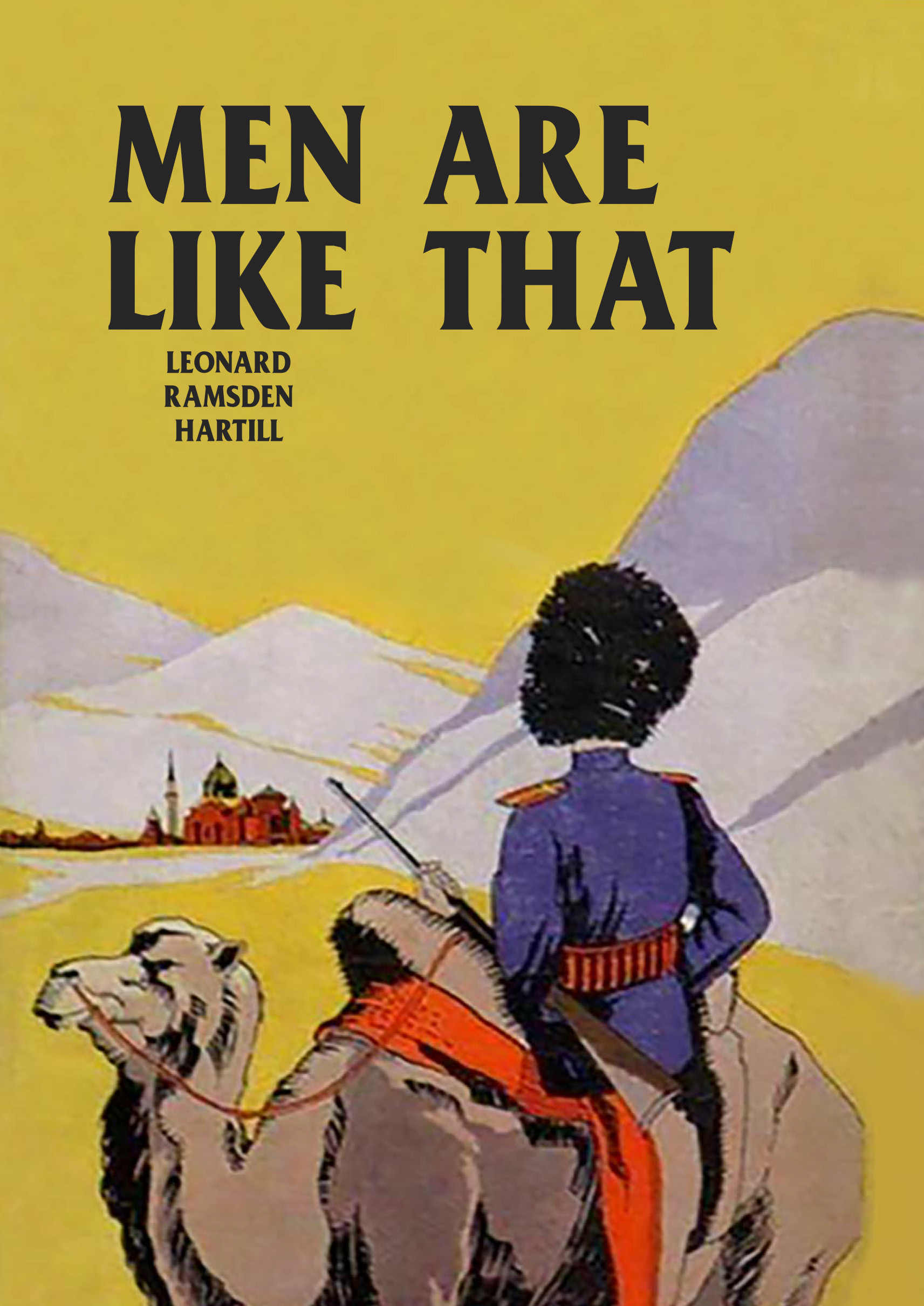
MEN ARE LIKE THAT -
03.02.2023
BAKÜ-TİFLİS-CEYHAN BORU HATTININ YAŞANAN TARİHİ -
16.12.2022
INTERNATIONAL SCHOLARS ON THE EVENTS OF 1915 -
07.12.2022
FAKE PHOTOS AND THE ARMENIAN PROPAGANDA -
07.12.2022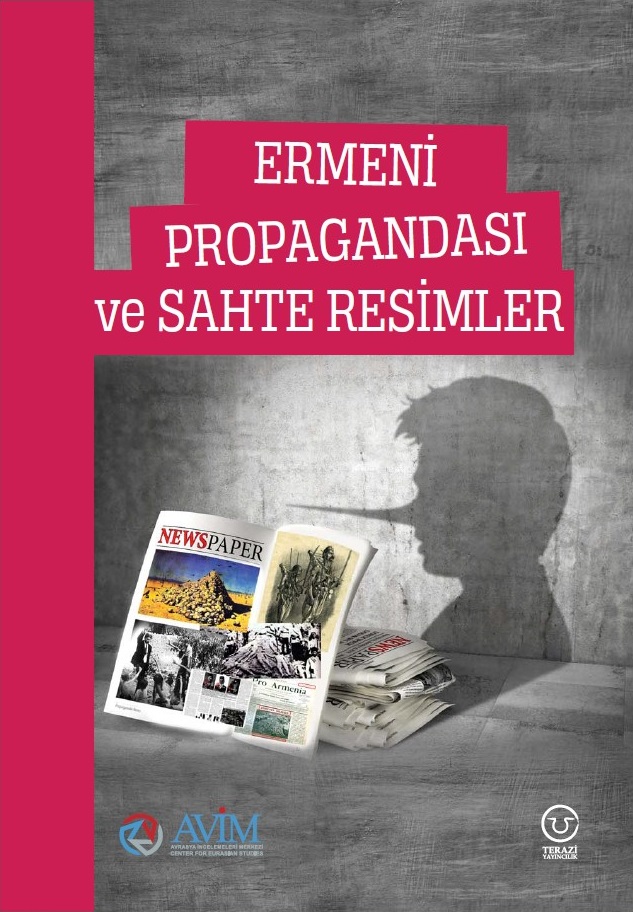
ERMENİ PROPAGANDASI VE SAHTE RESİMLER -
01.01.2022
A Letter From Japan - Strategically Mum: The Silence of the Armenians -
01.01.2022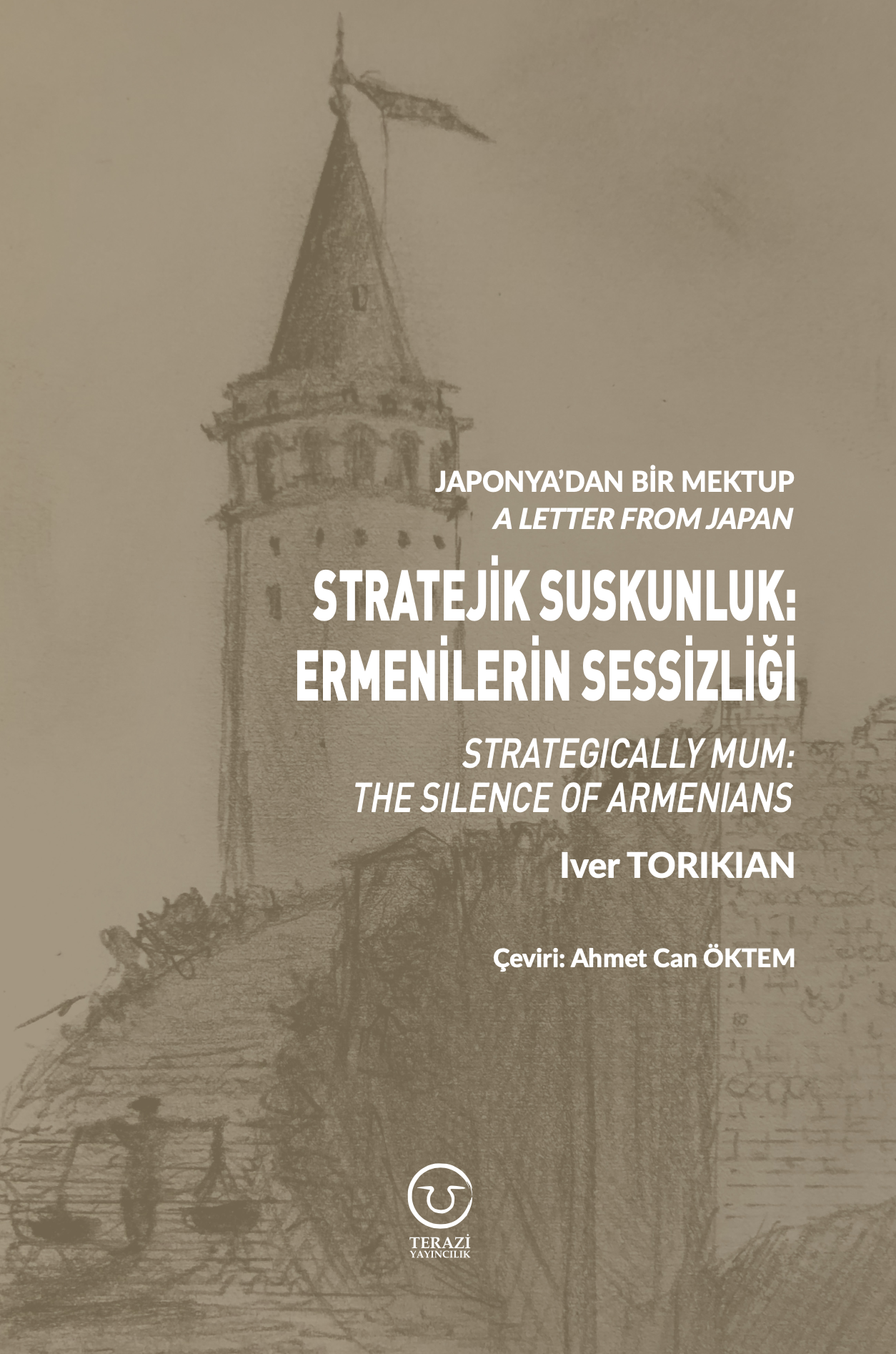
Japonya'dan Bir Mektup - Stratejik Suskunluk: Ermenilerin Sessizliği -
03.06.2020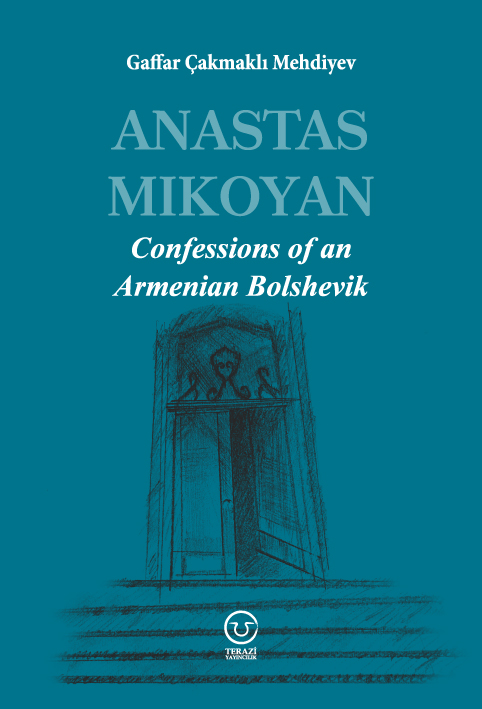
Anastas Mikoyan: Confessions of an Armenian Bolshevik -
08.04.2020
Sovyet Sonrası Ukrayna’da Devlet, Toplum ve Siyaset - Değişen Dinamikler, Dönüşen Kimlikler -
12.06.2018
Ermeni Sorunuyla İlgili İngiliz Belgeleri (1912-1923) - British Documents on Armenian Question (1912-1923) -
02.12.2016
Turkish-Russian Academics: A Historical Study on the Caucasus -
01.07.2016
Gürcistan'daki Müslüman Topluluklar: Azınlık Hakları, Kimlik, Siyaset -
10.03.2016
Armenian Diaspora: Diaspora, State and the Imagination of the Republic of Armenia -
24.01.2016
ERMENİ SORUNU - TEMEL BİLGİ VE BELGELER (2. BASKI)
-
AVİM Konferans Salonu 24.10.2025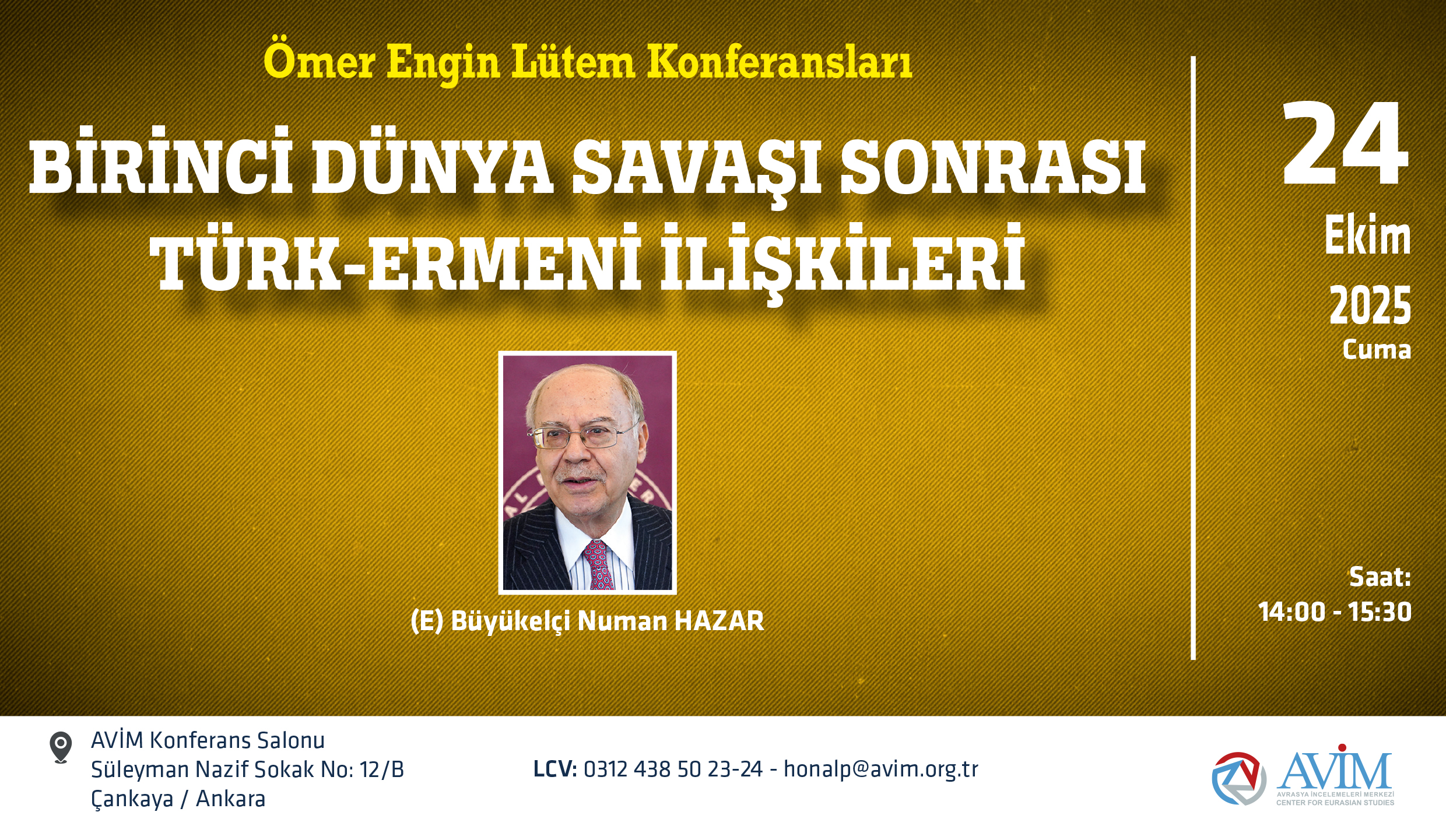
“BİRİNCİ DÜNYA SAVAŞI SONRASI TÜRK-ERMENİ İLİŞKİLERİ” BAŞLIKLI KONFERANS

